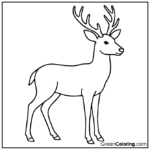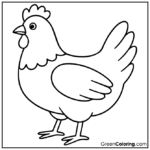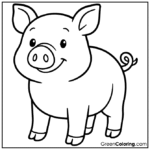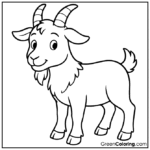We offer a wide collection of free, high-quality printable coloring pages for kids and adults. From cute animals to intricate mandalas, our designs bring creativity and relaxation to everyone. Download, print, and start coloring today!

If you like crisp air, golden leaves and the cozy atmosphere of October, then you will worship this one Brand new October coloring page From Craftycicijoy! These delightful aesthetic coloring pages are perfect for capturing the spirit of this season – whether you are ing a pumpkin spice latte, strolling through the colorful forests, or enjoying the soft light of a fall night. These October coloring pages are designed for kids, teens and adults, providing you with a comfortable, creative escape to help you celebrate this amazing time of the year.
Ideal for relaxing afternoons or creative rest per page, bringing a different charm to October’s charm. Whether you like detailed, calm scenes or cute, fun autumn designs, the collection is full of everything you need to relax and enjoy autumn fashion.




How to download free October coloring pages
The entire series is 100% free to download, no registration required! Simply scroll down, select your favorite design, and click “Download PDF” The buttons under each image. Then, print out your page, pick up the colored pencils, and start adding your own personal touch to these gorgeous fall scenes.
These pages are perfect for:
- Cute October coloring page: Great for young artists with simple and lovely designs with pumpkins, ghosts and other autumn fun!
- Aesthetic October Coloring Page: Great for teenagers and adults who want to enjoy a relaxed and beautiful coloring experience while capturing the spirit of this season.
- Pay attention to reducing stress coloring: Take a break and relax with these simple calm designs, perfect for a quiet afternoon.
- Creative October scrapbook: Add some extra creativity to your seasonal journal or scrapbook with these fascinating autumn illustrations.





Explore more comfort and seasonal coloring collections!
If you like these October pages, you also need to check out more of Craftycicijoy’s beautifully designed collections:


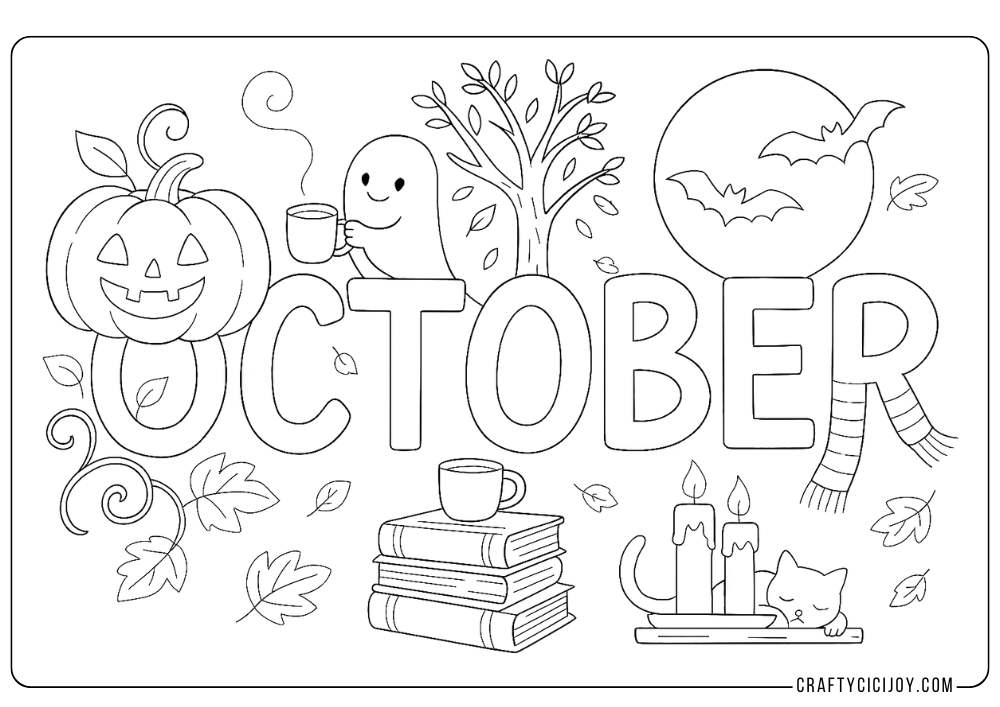
These printable October coloring pages provide the perfect blend of creativity, comfort and fun! Whether you are tinting on cute pumpkin patch scenes or drinking hot cocoa while working in a weird haunted house, we hope these pages bring you some seasonal joy.
Happy coloring, may you October be filled with comfortable moments, colorful leaves and perfect magic!

